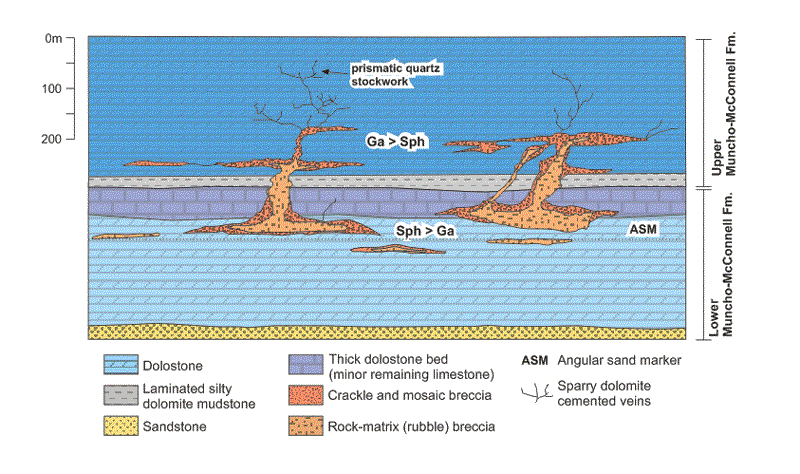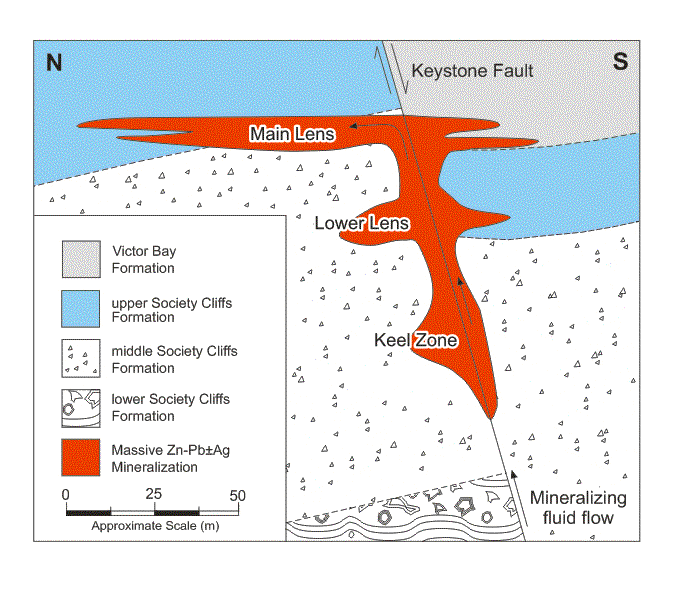 Figure 6:  Figure 7: カナダ地質調査所(Geological Survey of Canada)による『Mineral Deposits of Canada Maps of deposits and resources(world)』から |
Mississippi Valley-type Lead-Zinc deposits
(MVT)
by Suzanne Paradis, Peter Hannigan and Keith Dewing
Contents of this page:
Abstract
Definition
Economic characteristics
Geological Attributes of MVT Deposits
Chemical Attributes of MVT Deposits
Geology - Continental, District, and Deposit Scale
Distribution of Canadian MVT districts
Genetic and exploration Models
Knowledge gaps
Key exploration criteria
Acknowledgements
References
Tables
Figures
Appendices
Mississippi Valley-type (MVT) deposits are epigenetic, stratabound, carbonate-hosted sulphide bodies composed predominantly of sphalerite, galena, iron oxides (pyrite, marcasite), and carbonates (calcite, dolomite). MVT deposits are important Zn and Pb reserves and resources in the world. Silver, barite, gypsum, and fluorite may also be economically recovered from these deposits. Major world MVT deposits are found in Canada (Pine Point, Polaris, Nanisivik, Gays River, and Daniel’s Harbour), mid-United States districts (Upper Mississippi Valley, Missouri, Tri-State, and Tennessee), Australia (Lennard Shelf and Coxco), and Europe (Silesia, Alpine, Reocin and Cevennes).
The mineralization occurs as open-space fillings of breccias and fractures, and/or as replacement of the host dolostone. Less commonly, sulphide and gangue minerals occupy primary carbonate porosity.
Most MVT deposits are found in carbonate platforms adjacent to cratonic sedimentary basins; they occur in limestone less frequently. They are also restricted to rocks younger than two billion years and formed during short time intervals, primarily within the Phanerozoic. MVT mineral districts are the product of regional- or subcontinental-scale fluid migration. Deposits are formed by the migration of warm saline aqueous solutions, similar to oilfield brines, through aquifers within platform-carbonate sequences toward the basin periphery. One of the most popular models relates orefluid migration to compressive tectonic regimes associated with continental accretion. This model is not universally applicable, however, as some of the MVT deposits most likely formed under an extensional tectonic regime.
 Figure 6:  Figure 7: カナダ地質調査所(Geological Survey of Canada)による『Mineral Deposits of Canada Maps of deposits and resources(world)』から |